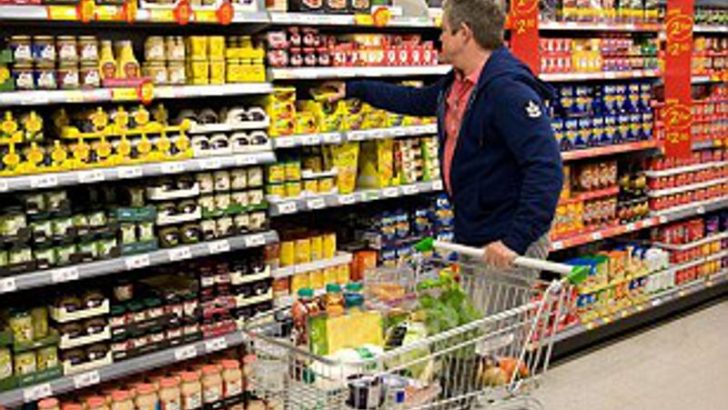Grocery stores are designed with strategies to make consumers spend more than they intend. From product placement to subtle psychological tricks, these supermarkets have mastered the art of influencing purchasing decisions. Here are eight secrets that reveal why your grocery bill is often higher than expected.
1. Strategic Product Placement
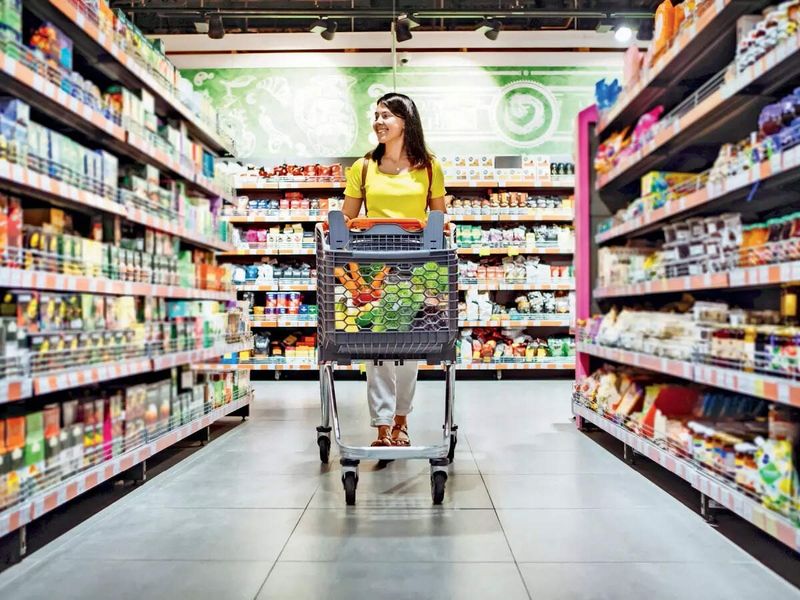
Ever wondered why essentials are at the back of the store? It’s no accident. Grocery stores place staple items like milk and bread far from the entrance to make you walk past tempting products. As you journey through the aisles, you encounter enticing displays and promotions.
This placement strategy increases the likelihood of impulse purchases. With every step, you’re bombarded with attractive deals and colorful packaging. Thus, a simple milk run transforms into a cart full of unplanned buys. The longer you shop, the more you spend, and strategic product placement ensures just that.
2. Endcap Displays
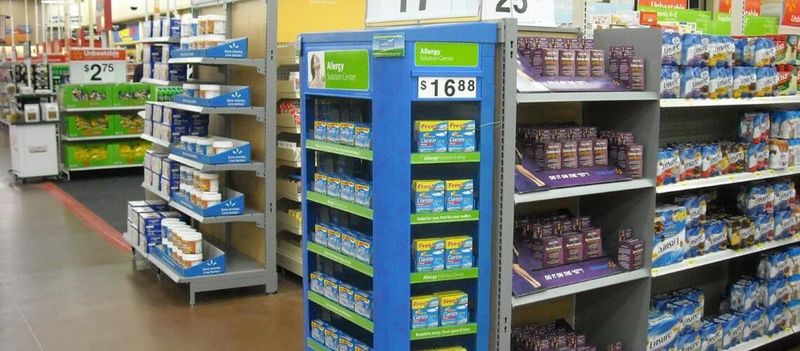
Endcaps, those displays at the end of aisles, aren’t just for showcasing sales. They are prime real estate for capturing attention. Often, these displays feature promotional items or seasonal products that aren’t necessarily on sale.
Their eye-level positioning makes them hard to miss, enticing shoppers to grab what’s featured. It’s a clever tactic to increase sales without outright discounts. Sometimes, endcaps are filled with complementary items, encouraging you to buy more than planned. So next time you’re browsing, remember: endcaps are designed to attract and influence your buying behavior.
3. Music and Ambience
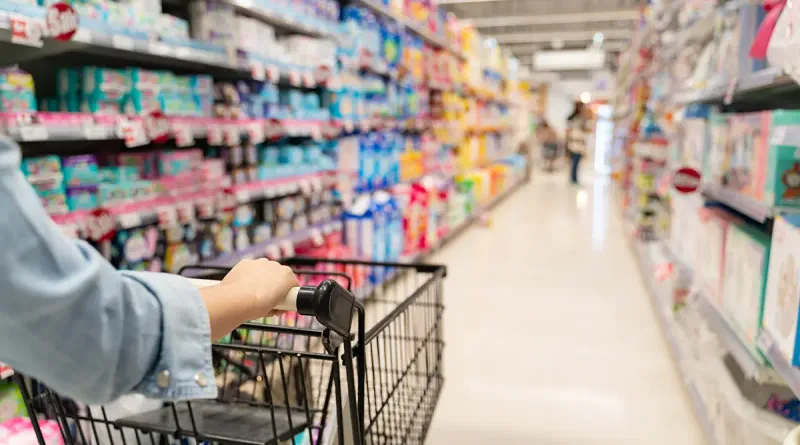
A store’s atmosphere can subtly affect your shopping. Light music plays in the background, creating a relaxed environment. This soothing ambience encourages you to take your time browsing.
Slower tempos can even make you move at a more leisurely pace, increasing the time spent in-store. The longer you’re there, the more likely you are to make additional purchases. This psychological tactic plays on comfort and leisure, making shopping more enjoyable and, ultimately, more expensive. Next time, be aware of how the store’s vibe might influence your spending.
4. Eye-Level Shelving
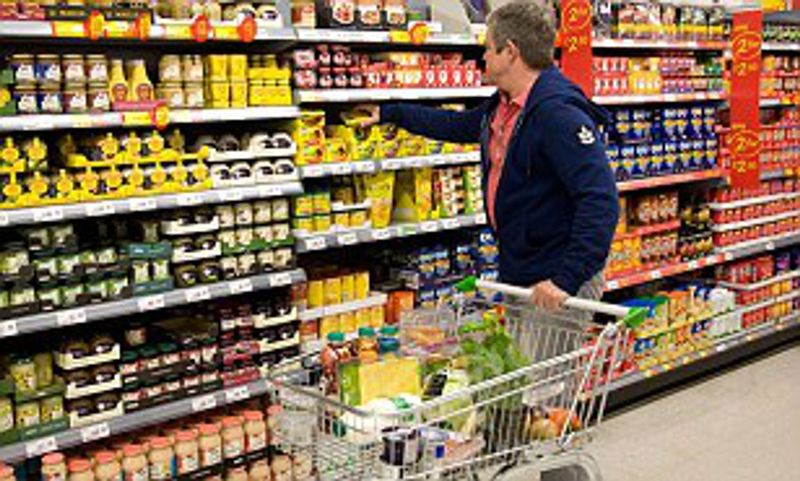
Have you noticed that the most expensive items are often at eye level? This is no coincidence. Stores place premium products where they’re most visible to maximize sales. Eye-level placement ensures that these items catch your attention first.
Lower-priced alternatives might be available, but they’re usually placed higher or lower on the shelves. By directing your gaze toward more costly options, stores subtly encourage you to spend more. It’s a sophisticated method of guiding consumer choice, ensuring that the first thing you see is often what you end up buying.
5. Decoy Pricing

Decoy pricing is a psychological tactic that makes you spend more. When you see three pricing options, you’re inclined to choose the middle one, thinking it’s the best deal. Stores layout products in this way to nudge you towards a specific choice.
For instance, if a small, medium, and large size are available, the medium might be priced intentionally close to the large, making it seem like the better deal. This trick plays on your perception of value, steering you toward options that increase your overall spend.
6. Loyalty Programs
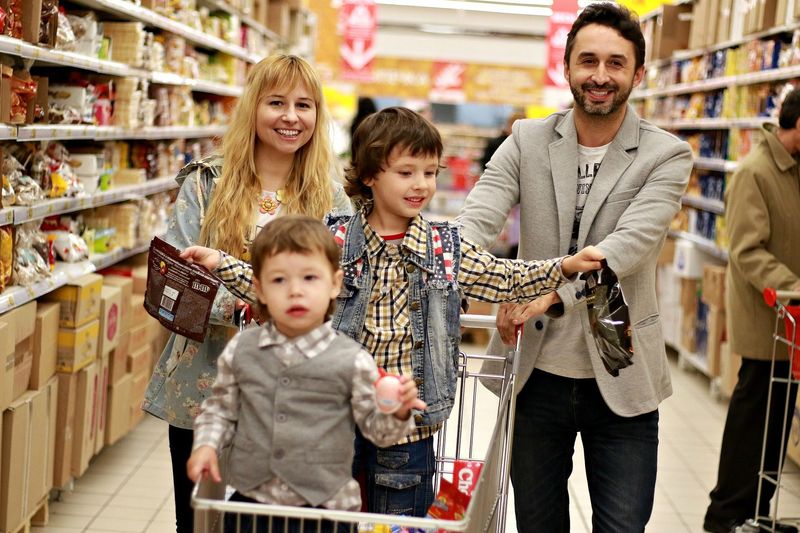
Loyalty programs promise savings but often lead to more spending. By offering points or discounts on future purchases, stores encourage you to shop more frequently.
These programs create a sense of exclusivity and reward, enticing you to buy more to maximize benefits. However, you may find yourself purchasing items you didn’t initially need just to gain points. The allure of rewards can cloud judgement, leading to a higher total at checkout. While loyalty programs offer perks, their real power lies in encouraging increased spending over time.
7. Seasonal Décor
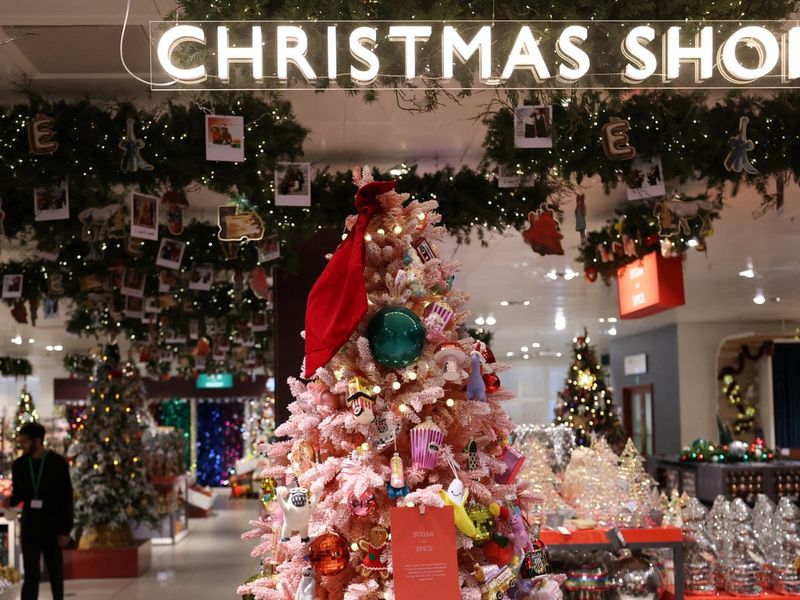
Ever notice how stores change décor with the seasons? This isn’t just for aesthetics. Seasonal decorations create a sense of urgency and festivity, prompting you to indulge in themed products.
Special displays featuring holiday items catch your eye, coaxing you to explore sections you might otherwise skip. This festive atmosphere can lead to impulse buys of seasonal goods, often at premium prices. By tapping into emotions tied to holidays, stores cleverly increase sales. The next time you feel drawn to a holiday display, consider how décor influences your spending.
8. Checkout Impulse Buys
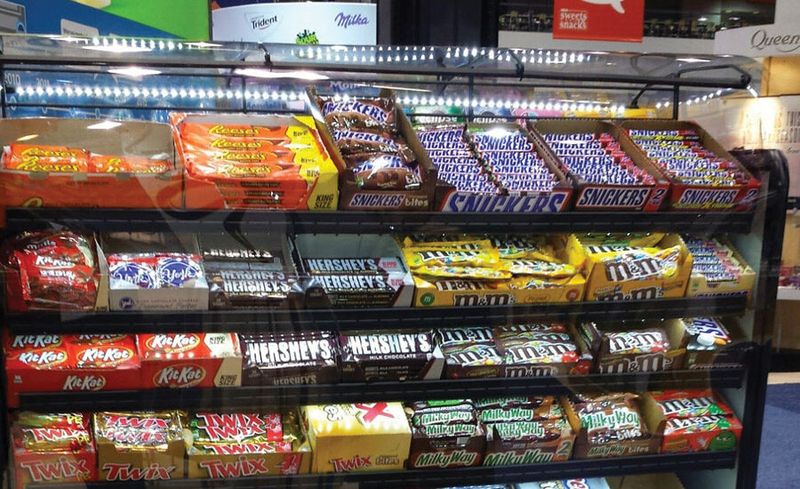
The checkout line isn’t just a place to pay; it’s a final opportunity for stores to tempt you. Small, inexpensive items like candy and magazines are strategically placed at the register to capitalize on impulse buys.
As you wait, these items catch your eye, and you may add them to your cart without much thought. This last-minute temptation capitalizes on your patience wearing thin. By offering easy-to-grab snacks and trinkets, stores ensure that even as you’re leaving, you’re spending just a little more.

Well, hello there!
My name is Jennifer. Besides being an orthodontist, I am a mother to 3 playful boys. In this motherhood journey, I can say I will never know everything. That’s why I always strive to read a lot, and that’s why I started writing about all the smithereens I came across so that you can have everything in one place! Enjoy and stay positive; you’ve got this!

